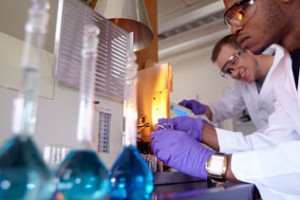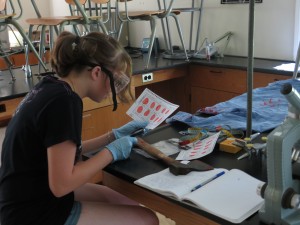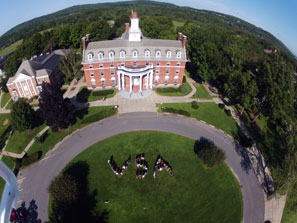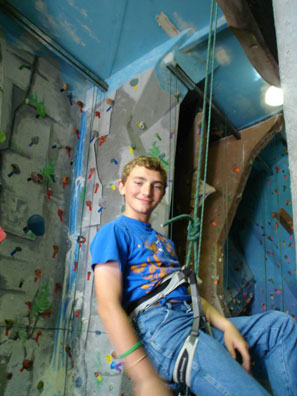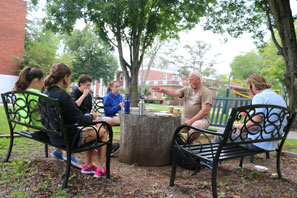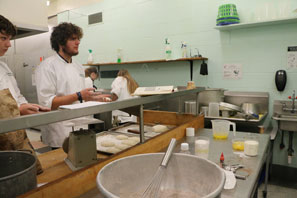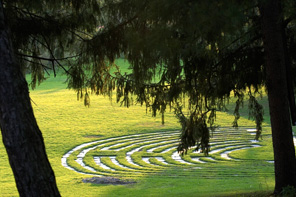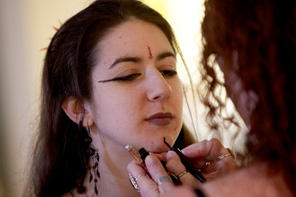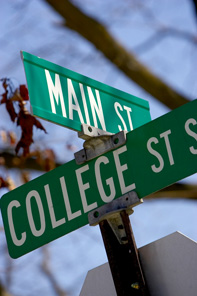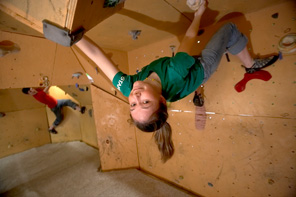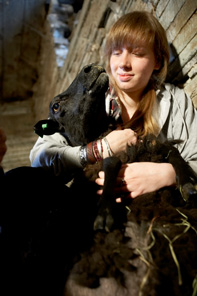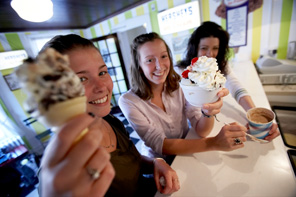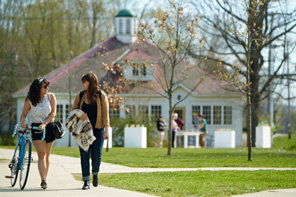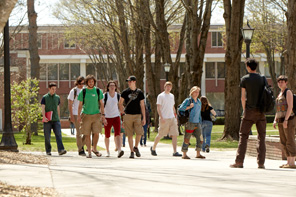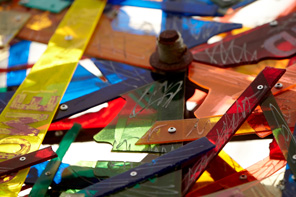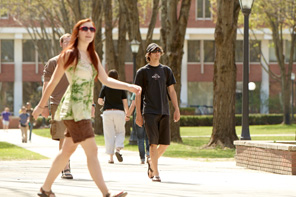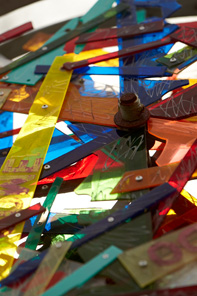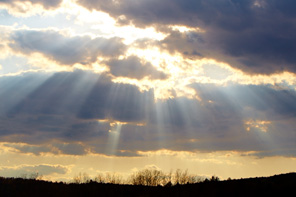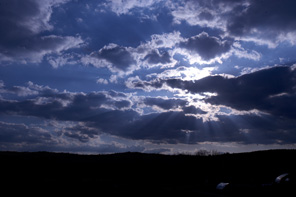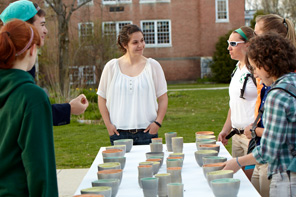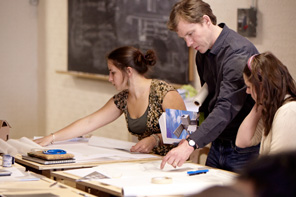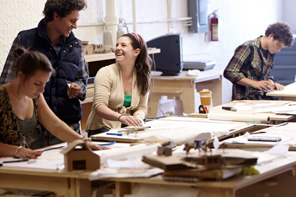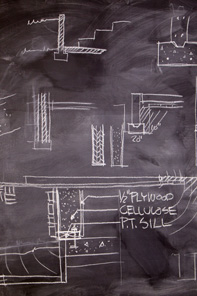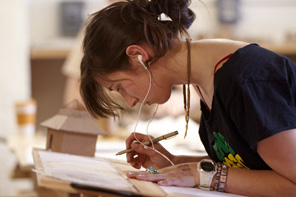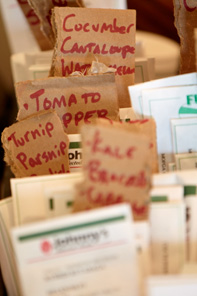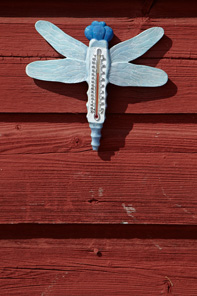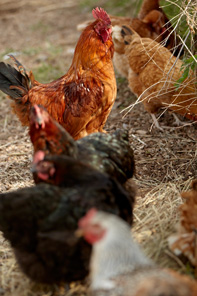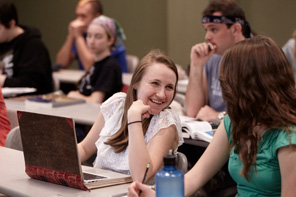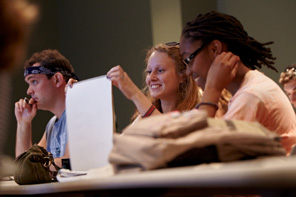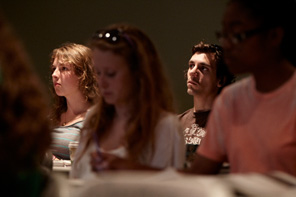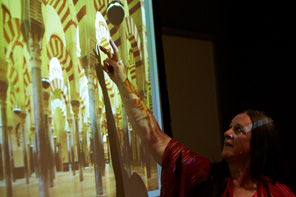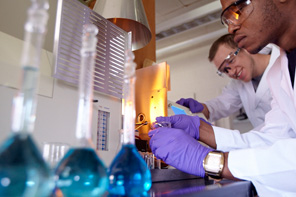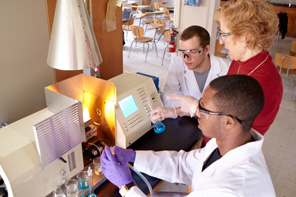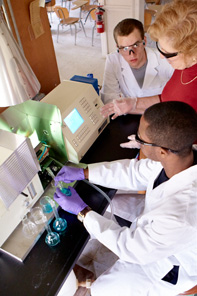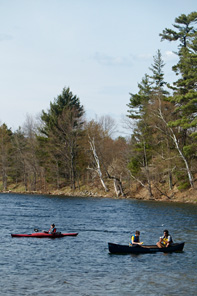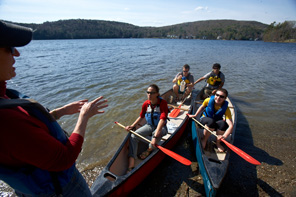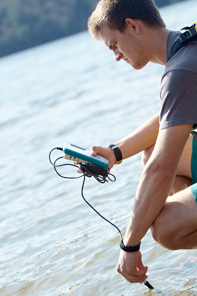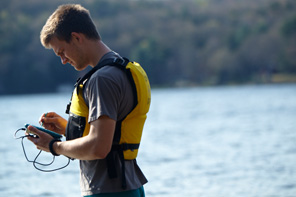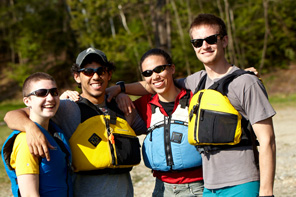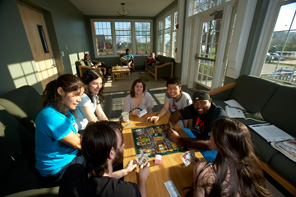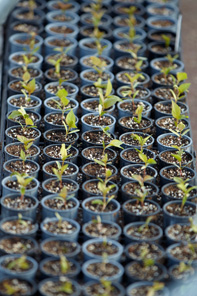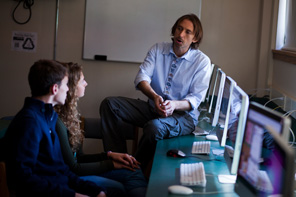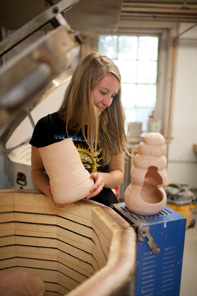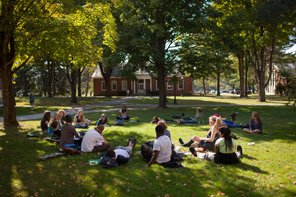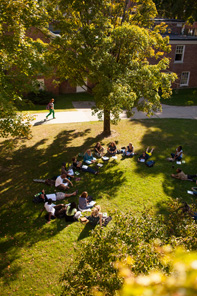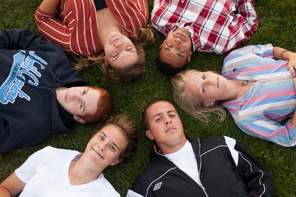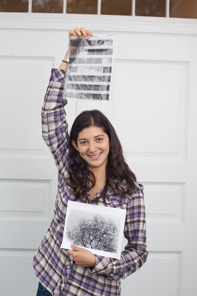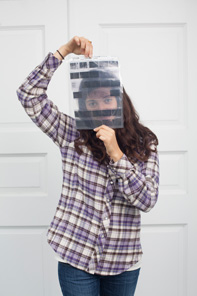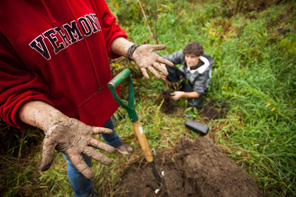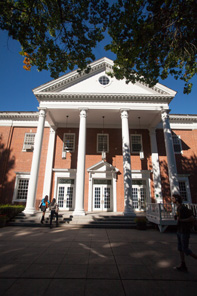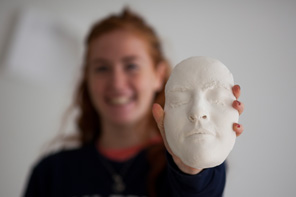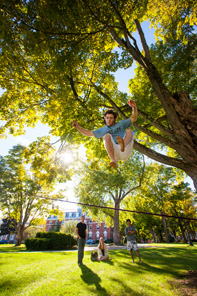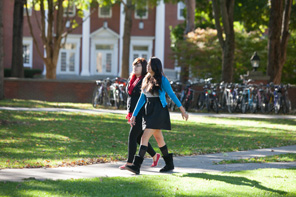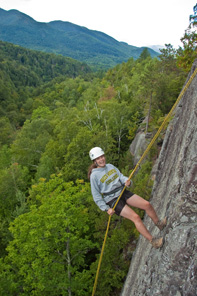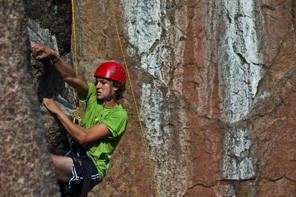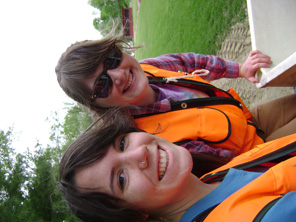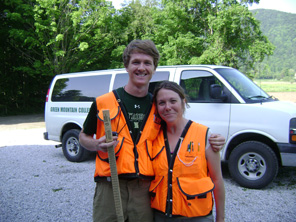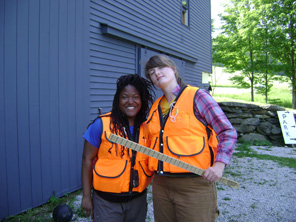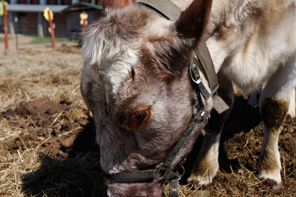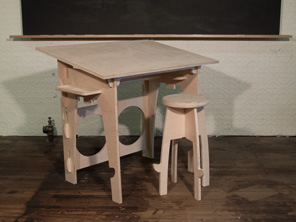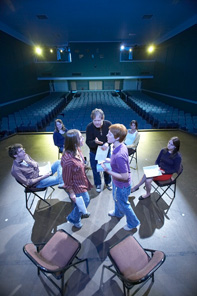Join our forensic science summer camp!
Modern crime shows often feature forensic science. We look at the way the entertainment industry portrays crime scenes and detection and then learn what the true forensic scientist does.
This forensic science summer camp course is much more than simple finger printing. We offer an intriguing look at one of the most popular career choices for college students these days. In our course, we delve deeply into the science of crime scene investigation: trajectory analysis, fluid spatter evidence, fluid analysis, and other scientific techniques used by real-life forensic scientists.
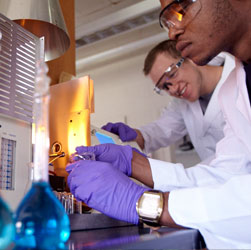
The course begins with lab safety. Following an introduction to the history of forensic science, we delve deeply into Crime Scene Analysis. This unit also shows that the media such as CSI and NCIS have some fallacies and problems associated with them. Students are asked how a crime scene would be analyzed and what steps would be taken to collect each type of evidence. Various search patterns are described with situational awareness. Various recording methods such as note taking, sketches, video\audio recording are described and strict notebook protocol is followed.
In our unit on Ballistics, students will be exposed to the world of firearms, explosions, and arson and their roles in the forensic science world. With firearms, they will first learn a brief history of the firearm. Then onto many youtube videos which show animations of how firearms work. Ranging from single shot, repeating, to semiautomatic and automatic. They will be exposed to terminology in the field such as lands, grooves, rifling, primer, primary and secondary explosives. Students will be lectured about forensic gun analysis and how it is performed both on the bullets but also on the casing.
In our Blood Typing and Spatter Analysis unit, students will learn the components of blood, and see the history of blood typing and how various blood groups have different antibodies and antigens. DNA and RNA will be discussed along with translation and transcription. In the Spatter class students learn how blood is tested for and analyzed is given. This section includes the importance of presumptive and confirmatory tests, as well as their respective limitations. Angle of impact is explained and shown how it is calculated, which helps establish the point of origin. Droplet size and characteristics are also explained.
During our Fingerprinting unit, the history of fingerprints and the cause for why friction ridges exist will be given to students. The categories of fingerprint patterns and the different types of prints that can be found at a crime scene will be shown. Students will be able to fingerprint themselves with both ink and powder techniques, and identify both their general fingerprint pattern as well as to locate minutiae in the prints.
We also study Toxicology. Drugs and the effects on the human body is the focus on this chapter. Students will be told what are the federal regulations on drugs and some basic chemistry behind how drugs affect the body and how legally synthetic or designer drugs get past the law. Effects of drugs on the body such as damaging tissues are shown to the students. How drugs are analyzed with simple color tests as well as thin layer chromatography to more advanced instrumental techniques such as infrared spectroscopy.
We also have units on Hair and Fiber as well as Soil and Glass. The importance and limitations of soil evidence is discussed. Color, ph and other characteristics can help differentiate one soil for another. Students can go out and collect soil from various areas on campus and see how they differ from each other via these physical properties and can see why soil has to be dry in order to do a color comparison. Next other evidence can be left in soil such as footprints and tire mark impressions. For glass, the application of the locard exchange principle and how easily it can remain on a person for some time. The limitation of glass comparison is discussed such as due to mass production of glass the individualization of glass can be quite difficult unless a jig saw fit possible. Students will learn how it is easily shed and how it is a rugged piece of evidence. They will learn the chemical structure of hair as well as the physical structure of hair, which will help in species identification. Various cases that have led to the conviction of innocent people will be discussed as well as cases which hair was useful in solving a problem.
Last summer in the forensic science summer camp class, students did an experiment where they took samples from all over campus- door knobs in bathrooms, the lake, one from a student’s boot- and put them in Petri dishes to see how much bacteria grew in each of them. Gross!
Final Crime Scene Investigation: The course culminates with a final crime scene, and our students conduct investigations to determine what happened and to solve the crime! It is a lot of fun! The instructor will create elaborate crime scenes for the class to solve. Each crime scene will be different and more complicated than the last. The students will interrogate suspects, investigate the case, and make the final ruling using everything they have learned during the course.
DEGREE PROGRAMS OFFERED @ GMC: Biology, Communication Studies along with minors in Chemistry or Environmental Policy.
